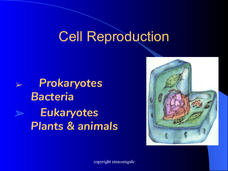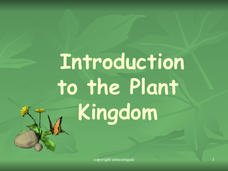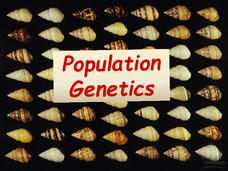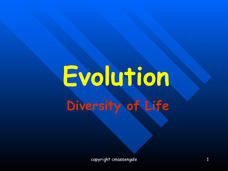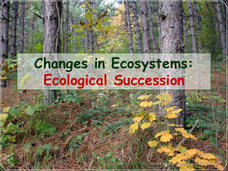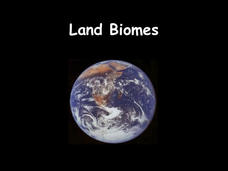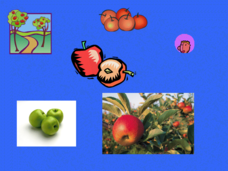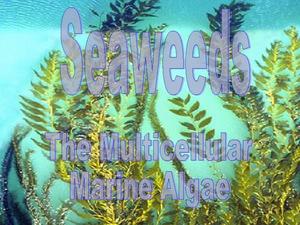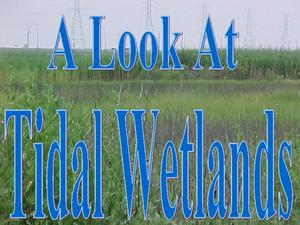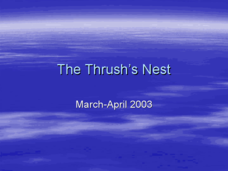Biology Junction
Nucleic Acids
Genetic information transfers through nucleic acids, making these the chemical link that connects people to their parents and grandparents. Viewers determine the importance of both DNA and RNA after observing the presentation. Key...
Biology Junction
ADP, ATP, and Cellular Respiration
Hans Krebs won the Nobel Prize for his discovery of what scientists now know as the Krebs cycle. Named after him, the Krebs cycle exists as only one system of the larger set, working together to keep human bodies functioning. The...
Biology Junction
Cell Reproduction
Cycles exist throughout nature, and the cell cycle compares to a life cycle of any other living being. A worksheet and presentation discuss the concepts of cell reproduction through the cell cycle. They cover each phase individually and...
Biology Junction
The Structure of DNA
Did you know that all life on Earth has DNA? Explore the importance of the molecule by learning about its structure. The unique DNA shape, bases, and bonds allow the incredible diversity seen all over the world.
Biology Junction
Origin of Life
Aristotle explained the idea of spontaneous generation, a concept which lasted almost 2,000 years before scientists proved it wrong. Scholars learn about the history of our understanding of the origins of life. They read examples of...
Biology Junction
Introduction to the Plant Kingdom
Plants provide humans with food, shelter, and medications. Scholars gain a better appreciation for plants after learning their functions, divisions, and early ancestors. Each sub-topic includes slides highlighting vocabulary and...
Biology Junction
Population Genetics
Genetic variation shows the health of a population, yet cheetahs show very little variation over that last 10,000 years. Scholars learn the importance of genetic variation in populations after viewing an informative presentation. It...
Biology Junction
Evolution – Diversity of Life
Scientists noticed animals with backbones share similar bone structure despite having different forms, such as fins, arms, and wings. Young scientists gain an appreciation for evolution by understanding the history of the theory. They...
Biology Junction
Protists
Protists carry out around 40 percent of all photosynthesis on Earth. Pupils view a presentation focused entirely on protists. It focuses on reproduction, structure, function, the benefits, and the dangers introduced by these tiny...
Biology Junction
Kingdom: Fungi
Based on DNA, fungi relate more closely to animals than to plants. This new scientific knowledge shifted the world view of scientists and opened up new classifications. Viewers learn about fungi's place in evolution, in the tree of life,...
Biology Junction
Amphibians
Biologists know of more than 2,300 living species of amphibians. Learn more about the four orders of amphibians with an interesting presentation. It explains the similarities and differences between the thousands of species of...
Biology Junction
Changes in Ecosystems: Ecological Succession
Can an area with no soil turn into a forest? Scholars learn about the process of ecological succession using an interesting presentation. It covers both primary and secondary succession in the building of new ecosystems.
Biology Junction
Water Biomes
Water covers more than 70 percent of Earth's surface. Scholars learn about both freshwater and saltwater biomes in a simple presentation. They compare and contrast the differences in oxygen levels, food sources, and sunlight to better...
Biology Junction
Land Biomes
Biomes share similar climates and ecosystems, despite being separated geographically on the planet. A presentation introduces the six most common land biomes. It focuses on the commonalities in climate, plants, and animals with many...
Curated OER
Johnny Appleseed
For those learning about Johnny Appleseed, this PowerPoint presents many wonderful activities across the curriculum. Activities in art, music, math, science, and literature are embedded in each of the slides. An excellent presentation...
Curated OER
Using Conversion
Instruct youngsters how to convert from one unit of measurement to another. This basic skill is useful in science courses as well as in math courses. Learning check slides are included to help viewers practice solving these types of...
Curated OER
Seaweeds
Marine biology beginners learn about the different types of seaweed in this collection of slides. It covers the general structure of seaweed, and then describes the differences among green, brown, and red algae. The presentation...
Curated OER
A Look at Tidal Wetlands
Here is a comprehensive and lengthy presentation on tidal wetlands. Many photos of grasses and the animals that live among them are included, making this a virtual field trip. The progression of the presentation is as if you would walk...
Curated OER
Animal Identification Keys
A clever presentation introduces youngsters to animal identification keys. On the first slide, viewers choose an animal and then answer yes-or-no questions about its characteristics. When they have completed the process, they click on a...
Curated OER
Materials
This interactive presentation is a visual delight for young eyes! The title slide allows you to click on one type of material: wood, fabric, plastic, metal, or paper. You are then taken to a slide to consider numerous objects and...
Curated OER
Which Material is Best for Muffling Sound?
Two professors, Big-Hair and Bee-Hive, cannot do their work because the alarm clock won't stop ringing! Young scientists perform an experiment to help them wrap the clock in the best material for muffling the sound. This is a clever...
Curated OER
The Thrush's Nest
A gorgeous collection of slides follows the changes within the nest of a thrush over a month's time. Beginning with a single egg on March 15th, frequent photographs looking down into the nest are displayed. Finally, on April 14th, the...
Curated OER
Animal Food Chains
An engaging, informative, and colorful presentation focuses on food chains. Learners view many great photographs of animals, and must do some critical thinking regarding an animal's place in a food chain, and whether an animal is...
Curated OER
Minerals
A must-have for your geology library of resources, this PowerPoint walks viewers through the characteristics of minerals and each test used to help identify them. As you present this collection of slides, stop to demonstrate each quality...
Other popular searches
- Earth Science
- Physical Science
- Life Science
- Science Project
- Science Space
- Environment Science
- History of Science
- Environmental Science
- Pe Science
- Family and Consumer Science
- Consumer Science
- Social Science




